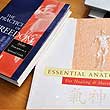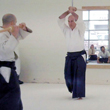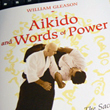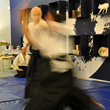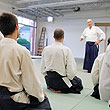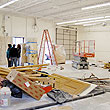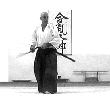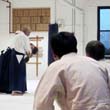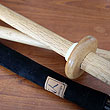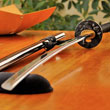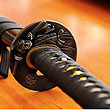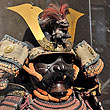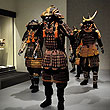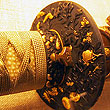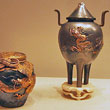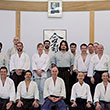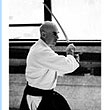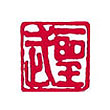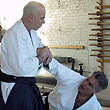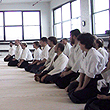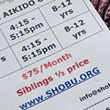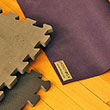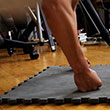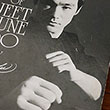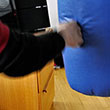The Japanese katana, or sword, was a weapon that was perfected during centuries of, let us say, direct testing in the unforgiving fields of battle. The traditional Japanese sword-making process was surrounded by ritual and ceremony, in keeping with the importance that both maker and user placed on the sword. Swordsmiths would examine blades from samurai returning from battle to learn how their "product" performed. It was through this type of trial and error that the Japanese perfected the techniques for creating the type of steel which gave the katana its almost mythical qualities: the ability to hold a keen edge AND to not shatter when striking something hard.
The world has learned a lot about making quality steel since katanas were last used in battle. Today's factory-produced high-carbon and tool steels (such as 1060, 1095, and T-10) have been successfully used by many US sword makers (including Dave Goldberg, Walter Sorrells, and Barry Dawson) to create functional, traditional, and Japanese-inspired katanas. Hand-forged katana is a labor intensive endeavor. It is one of the reasons why such katanas typically start at a few thousand dollars and go up from there.
The last few years has seen an explosion of Japanese-style katanas coming out of China. Prices for such items start at about $50 and top out at just under $1000. Sword forums lit up with discussions regarding these new entrants as buyers discovered that they were not (all) cheap "wall hangers," but quality swords at sometimes unbelievable prices. What is the story?
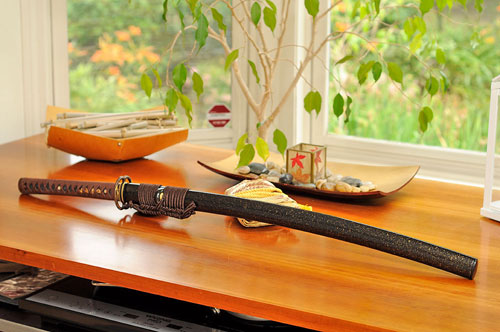
When we started the Tameshigiri Series last year, we kicked around the possibility of reviewing Chinese-made katanas. After some back and forth over the scope of exactly what we would do in such reviews, we have decided to go ahead with the project. Over the next year, we are going to review swords from different Chinese smiths in these ranges: $150-$350, $350-$600, $600-$1000. We will compare the fit and finish of these blades, the quality of their fittings, and how they feel when used in actual tameshigiri. To keep things interesting, we will not reveal the price of the katanas until we are done with the reviews.
The first katana is from HanBon Sword. They have their own forge and make the blades themselves. We ordered the sword directly (no middlemen) and they shipped it out in less than two days. Because of some clerical/computer glitch on the China EMS end, the tracking system indicated the item had never left the shipping facility when in actuality it was well on its way. During that time, HanBon's customer service kept us up-to-date on their efforts in trying to resolve the issue with China Post. They even offered to send us a quick replacement if they could not work things out by a specific date. We could not have had better service, even though it was a company we have never dealt with and on the other side of the world. Excellent!!!

The sword was well-packaged in a heavy-duty styrofoam box and arrived in perfect condition. The entire journey took about twenty days. Included with the katana was a nicely embroidered silk sword bag to keep dust off in storage or to protect the scabbard from getting nicked during transport.
Here are some specifics about this Hanbon katana:
Here is a bit more about the blade material and construction:
- Clay-tempered, folded, made using 1060 steel
- Sugu (straight) hamon
- NO-HI (no groove)
- full-tang

The overall weight of the katana is just a little under three pounds (2.93 lb). The tsuka (handle) is made of hard wood and wrapped with a synthetic ito over black ray skin. The saya (scabbard) is also made of hard wood and both the mouth and butt are capped with black buffalo horn. The buffalo horn is perfectly suited for protecting the opening and the end because it is very hard, a nice detail typically found on higher end saya.
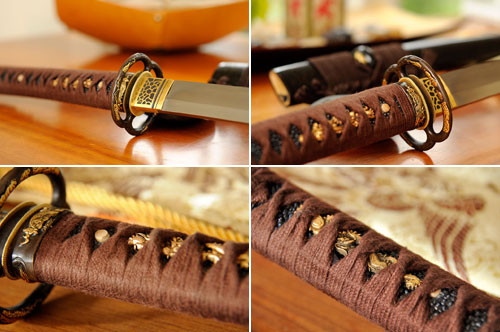
The sword fittings (tsuba, fuchi, menuki, kashira) are made of brass, nicely detailed, and highlighted. The habaki (blade collar) is also brass, and decorated with a pattern on a black background. The overall construction and attention to the fit and finish is first rate. Everything is tight, crisp, and well assembled.
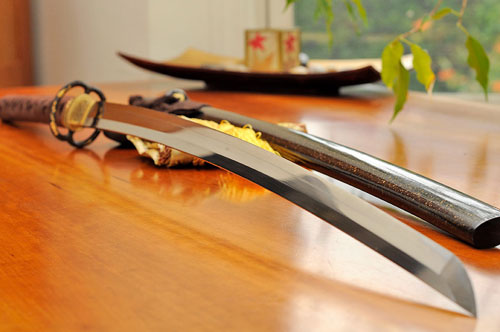
This particular blade was hand-forged using AISI 1060 high carbon steel. The folding of the steel (ten times = 1024 layers) creates subtle patterns which can be seen in the steel itself when the light hits at certain angles. The traditional process of applying a clay-covered differential hardening was used by HanBon. It creates a blade with a harder edge and a more flexible shock-absorbing spine. It also leaves a distinctive hamon (temper line) along the length of the blade. BTW, this technique of differential hardening was actually well-known to Chinese smiths and extensively documented. It wasn't some mystical sword-making "secret" known only to the Japanese (although for years it was described as such).
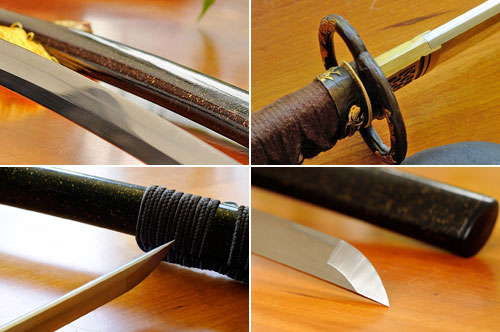
Those who cut with their katana know that most of the work is done with the upper third of the blade. It is why special attention is given to the tip and why there are many terms associated with the description of this section. The yokote (dividing line) between the tip and the rest of the blade is very clean and distinct. The boshi (hamon of the tip) can be clearly seen. The kissaki (tip) is a beefy, hardened point specifically shaped for puncturing armor. But unlike a spike or punch, it is able to cut efficiently as well. All of these details are what one would expect from a skilled swordsmith.
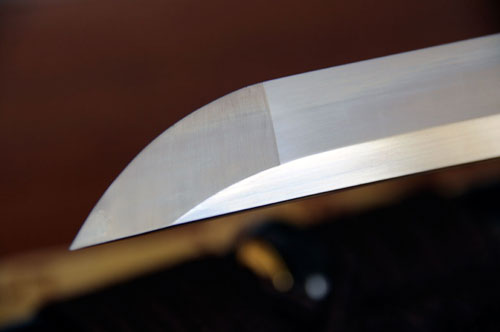
Here are our FirstLook impressions of this HanBon katana:
- Clean, sharp lines along the entire length of the blade
- Tight fit of all of the hardware, wrapping, and scabbard
- A true hamon and subtly visible grain pattern
We are eager to seeing how this katana cuts. The crew is in the process of working out the construction of the holders for the tatami omote tameshigiri targets. We hope to have that report by the end of the month. [Permalink] - Tameshigiri Series :Folded Steel Katana
|

